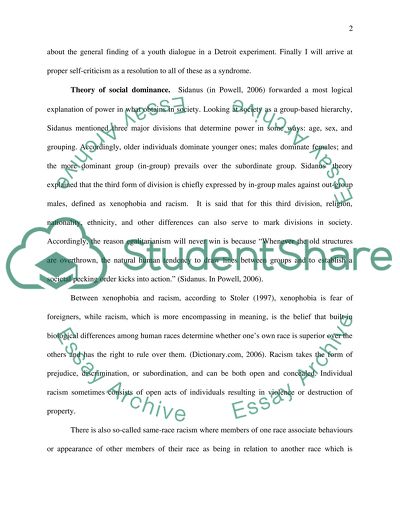Cite this document
(“Discrimination And Racism In Modern Society Case Study”, n.d.)
Discrimination And Racism In Modern Society Case Study. Retrieved from https://studentshare.org/sociology/1517076-equality-and-diversity-essay
Discrimination And Racism In Modern Society Case Study. Retrieved from https://studentshare.org/sociology/1517076-equality-and-diversity-essay
(Discrimination And Racism In Modern Society Case Study)
Discrimination And Racism In Modern Society Case Study. https://studentshare.org/sociology/1517076-equality-and-diversity-essay.
Discrimination And Racism In Modern Society Case Study. https://studentshare.org/sociology/1517076-equality-and-diversity-essay.
“Discrimination And Racism In Modern Society Case Study”, n.d. https://studentshare.org/sociology/1517076-equality-and-diversity-essay.


